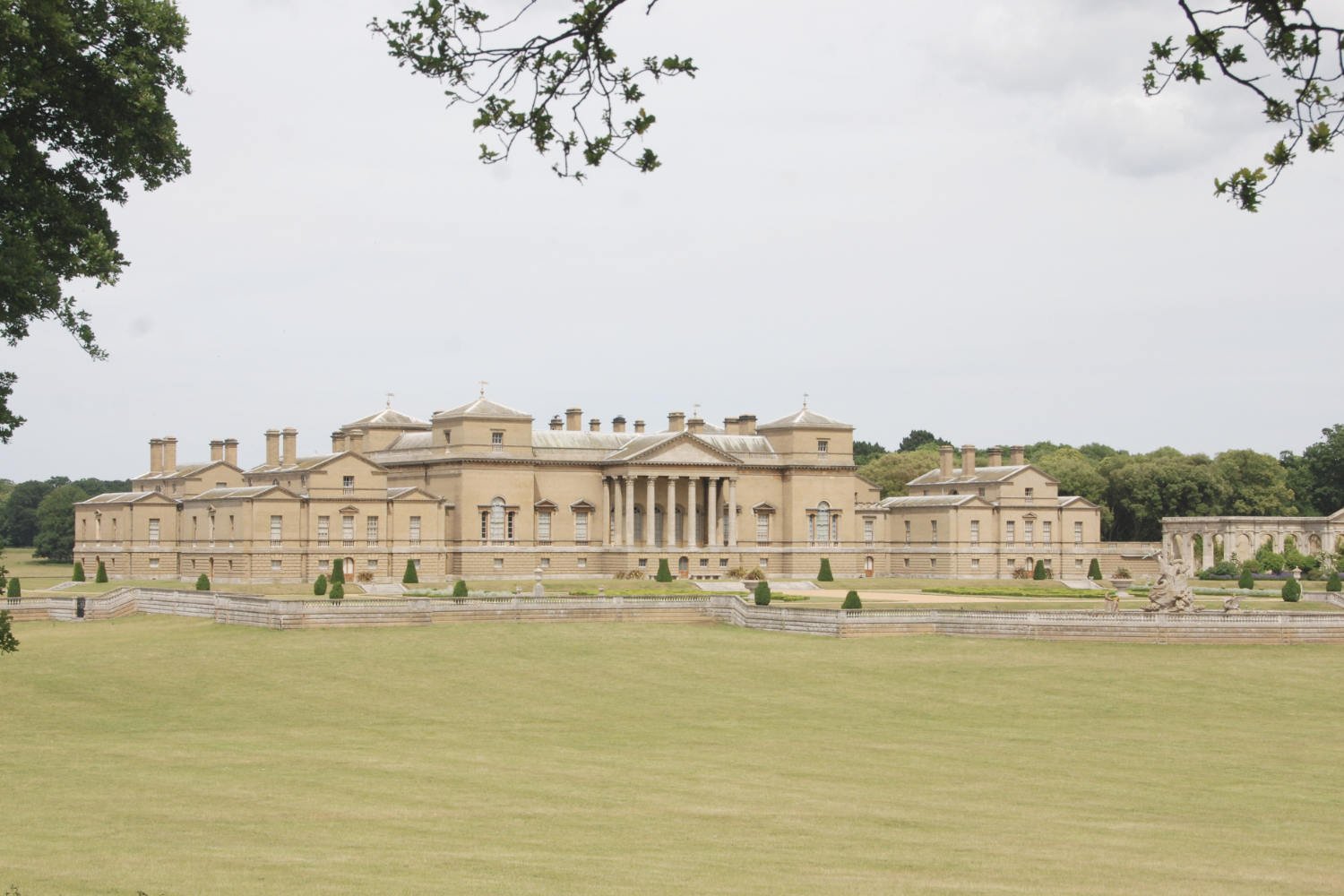North Sea Cycle Route - Norwich to King's Lynn
Ride Overview
Linking two ports - Norwich and King’s Lynn, the route cuts across north Norfolk’s wide landscapes. It’s a delightful journey through a world of sugar beet, pigs and corn, interspersed with masterpieces of art and architecture, including one of England’s great houses, Holkam Hall. There is an exceptional coastline to enjoy, one of Europe’s premier pilgrimage sites and countless cafes and inns to stop at.










Ride Practicalities
The route is well signed throughout as NCN 1
START/FINISH: Norwich/King’s Lynn DISTANCE: 126km TOTAL ASCENT: 719m TERRAIN AND SURFACES: Two off-road sections; the Marriot’s Way is 25km of mixed surfaces; tarmac, gravel and earth, and the Peddar’s Way, where there is a short(ish) section of sandy path. Other than that, it’s quiet country lanes with little traffic. RECOMMENDED CAFÈS/PUBS/ACCOMMODATION: Junction 21 on the Marriot’s Way. Other places remain for you to discover based on budget, mood and need. NEARBY MAINLINE TRAIN SERVICES: Norwich, King’s Lynn PLACES TO VISIT; Norwich Cathedral, Walsingham’s Chapels (RC and Anglican), Holkham Hall. Castle Rising LINKS TO OTHER RIDES: NCN1 Stage 5, NCN 1 Stage 7, NCN 11, NCN 13
Ride Notes
It is popular to deride the former head of British Rail, Lord Richard Beeching, for his infamous cuts to the railway network in the early 1960s. What is often left out of the argument is that the small branch lines had been speculative investments and were never profitable. At the time of closure one third of the network was used by less than 1% of passengers. Another failed observation is just how much the cycling, walking and horse-riding fraternity have benefitted from the traffic-free tranquility. The National Cycling Network would be very much poorer, and even more fragmented without these ex-railway lines.
One of the ‘public art’ installations along the Marriot’s Way.
Two things to wonder about as you ride through sylvan glades, along the firm gravel path of the former Lynn and Fakenham Railway Company’s track; who was Marriot and why the concrete sculptures? William Marriot, was the chief engineer and manager of the Midland and Great Northern Joint Railway. He was in post for 41 years and the concrete ‘public art’ is a reminder of the line’s final incarnation as a freight line carrying concrete products.
Foulsham
From Marriot Way, you wind along narrow Norfolk lanes through ‘quaint and vibrant’ (their words) villages and small market towns. In both the country and in the settlements, there’s an air of calm and order, of parochial squires and time-honoured traditions. Everything is very neat and tidy.
Great Ryburgh
You will have noticed, that many of the churches have circular towers. There are only 185 such towers in the UK and of these 124 are in Norfolk. No one can confidently state why they exist at all, nor why East Anglia has virtually all of them (Suffolk has 24). Two plausible theories; that they originated with the coming of the Saxon settlers, since northern Germany too, has many such towers, or that since Norfolk lacks sources of suitable limestone, it would have been logical in the 12th century, to build towers in a shape which did not require corners.
From Fakenham, there’s a stretch on the Peddar’s Way, part of an ancient trackway which extends from Brittany in France to Norfolk. It existed before the English Channel was formed over 10,000 years ago. There are sections which are rather too sandy to ride on without expending a lot of effort.
The village of Walsingham has done rather well from a thousand years of pilgrimage. The Tudor buildings are in very good shape and there is almost an air of an unreal filmset about the place. But let that not detract from the vision.
Anglican Shrine at Walsingham
In 1061 a local widow named Richeldis asked in prayer as to how she might honour the Virgin Mary. That night in a dream, Mary led Richeldis to Nazareth and showed her the family home.
Build a house just like this, Mary said to Richeldis, so people might honour me and my Son.
In a field a plan of the house was laid out and an angel agreed that this was just what was required.
And so it was built.
But there are two shrines - one Catholic, the other Anglican, a mile apart.
Both claim to be have the original building.
King's Lynn
The remaining part of the day involves serene riding under huge skies, with the sea glinting in the middle distance. The great and the good - or not so depending on viewpoints - are packed into this part of England, their estates separated by a few well-groomed fields. Holkham Hall, home to the Earls of Leicester, Burnham Thorpe, birthplace of Horatio Nelson, Sandringham, the King’s Norfolk home and.Castle Rising, another Norman motte and bailey at Castle Rising, once home to the Dukes of Norfolk.
After a serendipitous day in the saddle, the finale through the working dockyards of King’s Lynn are a little rude to the senses, but it’s not long before you arrive in the centre of town. Once part of the Hanseatic League, which controlled the trade of goods around the North Sea, it’s streets have barely changed since they were built 300 years ago. Take away the cars and you’d be forgiven if you’d thought that you’d ridden into another age, rather than across a country.
Every route on this website has been carefully researched, as well as ridden. However situations on the ground can change quickly. If you know of changes to this route, or cafes, pubs and the like which you think other cyclists need to know about, feel free to share your thoughts below.
If you enjoyed this guide, why not subscribe to the website so as not to miss other inspirational routes?
wheremywheelsgo.uk is a Feedspot UK Cycling top website





